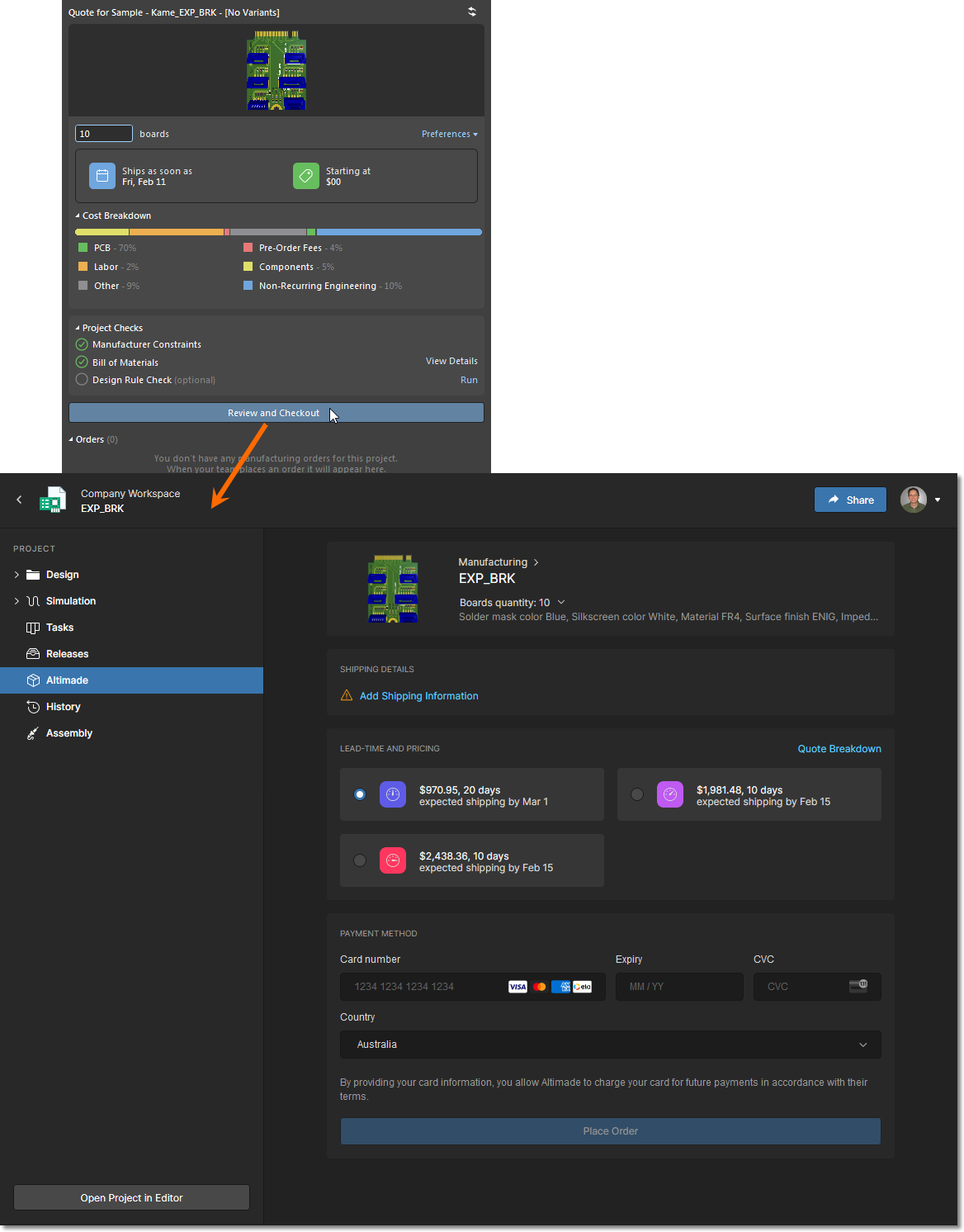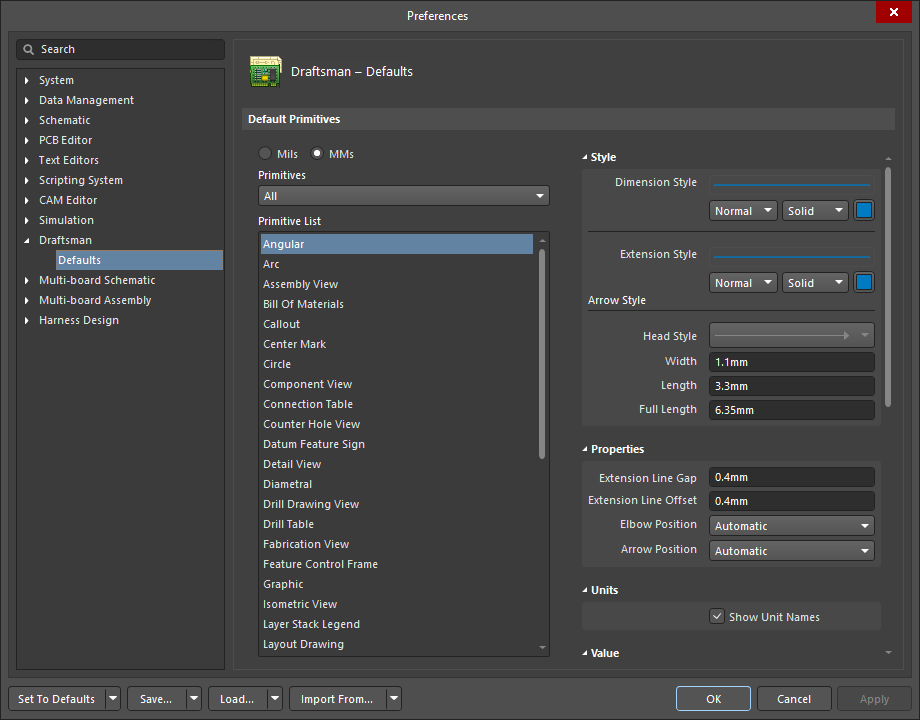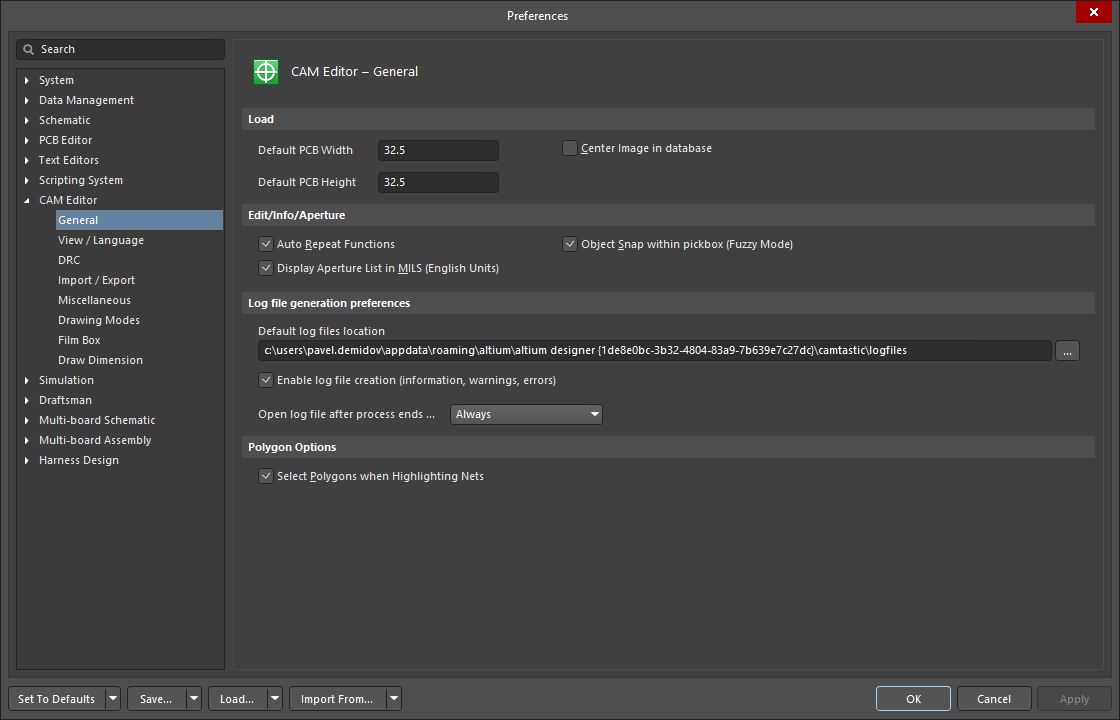Soothe PCB Schematic Library Management Pains with Straightforward Software
Outdated schematic library management processes cause a large bottleneck for the design group. These processes are often based on tools that are not up-to-date with current design methodologies and technologies and are therefore limited in what they can do. In the same way that a compact car isn’t going to be able to pull a heavy trailer, using an outdated library management system isn’t going to be able to handle the heavy work-load either..
Fortunately, there are design systems available that will expertly manage your libraries and eliminate the bottlenecks. This will considerably reduce the amount of lost time and money due to bad parts in addition to reducing the stress on your design staff and improving department morale.
Bad Library Parts Will Cause You a Lot of Pain
Have you ever had a great idea for a design only to find out that you can’t make it work the way you expected it too because the library component you were depending on was built incorrectly? Or, have you ever completed the most intricate PCB layout only to find out that you need to rip up hours or even days’ worth of work because of a bad footprint? I think that most us have all been there.
I once worked with a design group that told me that they would spin the board a handful of times in order to “iron out” all of the library part problems. Library parts should be able to be updated easily and swapped out for different parts if needed, but they should not be “expected” to be bad in the first place.
And what about the structure of the library data itself? Some systems combine data from various sources to build library parts but maintain those different structures in the final library elements. Although this does allow you to amass a lot of different data, it can also end up causing you problems when you use those parts in the tools. Will they have simulation data that is usable? Will the symbol recognize and be synchronized to the footprint?
More and more we are seeing library management systems that can tie into part vendors directly through a cloud connection for component data and information. The problem is that this technology is often an extra cost item, and after the initial purchase price of the PCB CAD tools the design teams are hesitant to spend more money. As a result, many design teams find themselves using the same old-fashioned management processes prone to error.
It’s easy to understand that an incorrect library can cost a lot in redesign time, but there’s a lot more potential damage that can lurk beneath the surface that you should also consider.
When you are at this stage, you can’t afford to discover that you’ve got bad
First, there’s the cost of library management. Library management consumes both personnel and system resources. If your library management process continues to produce parts that aren’t trustworthy, then you are wasting a lot of time and money on a process that could be better.
Incorrect library parts, whether they are schematic symbols or PCB footprints, can cause a lot of problems. A bad library part will cost you time in the redesign in order to fit the new part in. This wasted time could lead to schedule slippage eventually affecting product introduction and hurting sales. Like a row of dominoes, the impact of bad parts introduced at the beginning of the design cycle can have growing repercussions further down the line.
There is another cost to consider too, the pain that redesigns cause for the design staff. As designers, we’ve all been through the redesign cycle due to feature creep or changing priorities, and we are used to that. But when a designer is forced to re-think a major portion of the design due to a problem that shouldn’t have occurred in the first place, it is extremely demoralizing.
The Better Way to Manage Your PCB Libraries
These problems can be resolved by using up-to-date schematic library management processes and a PCB design system designed to help you with a contained library management system. Instead of wasting time and money on a system that continues to produce untrustworthy parts, you and your design team will have confidence in your library data. Instead of planning on board spins to find and correct faulty library parts, you spend more time actually designing.
Instead of storing external data in their source formats and structures, the best design systems today rely on a data structure where the data is designed to all work together. Schematic symbols are associated with their footprints and simulation data, and they are all contained in the same data format to make them easily accessible for all of the tools in the design system.
As we have seen, many tools today will have a cloud connection to part vendors to supply you with up-to-date component data including information like part availability and pricing. The best tools will make cloud connections integrated parts of their whole design system. This way you can begin using these tools with technology that will give you the most up-to-date part information possible from the start.
The best CAD software works with all elements of your in a unified data format
The Best Solution for Superior Schematic Library Management
Since updating our library management practices to leverage the capabilities of Altium Designer, I have found that we no longer have to worry about library part integrity. The parts are built and maintained in a library structured that has been designed for proper library containment. Altium Designer features a unified data model that ensures that the parts that we build will work together throughout the entire design process.
The parts that I place on the schematic are fully synchronized through the unified data model with their PCB footprints and simulation models. Additionally, you will be able to pull part data and information and use that in the construction and maintenance of your libraries. Whether it is symbols, footprint/footprints, 3D model, SPICE model, IBIS model, Purchasing data, supplier data, or any and all metadata - Altium Designer has it synchronized and available.
For the best relief to your painful library management problems, look at PCB design software like Altium Designer, built on the strong foundation of a unified data model. Altium Designer has been created to best serve the needs of designers like you with their library management capabilities as well as their host of other advanced design functionalities.
Would you like to find out more about how Altium can help you to build a strong and robust schematic library management system? Talk to an expert at Altium.













